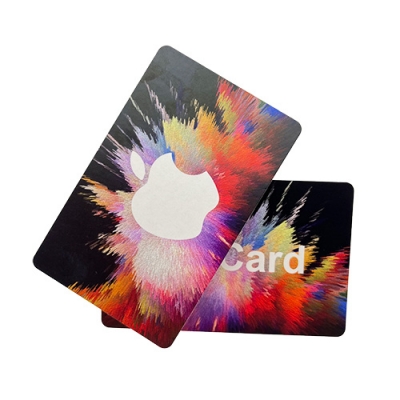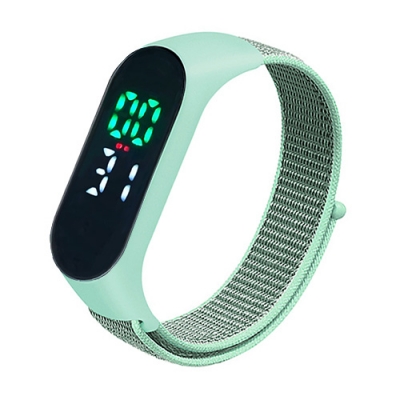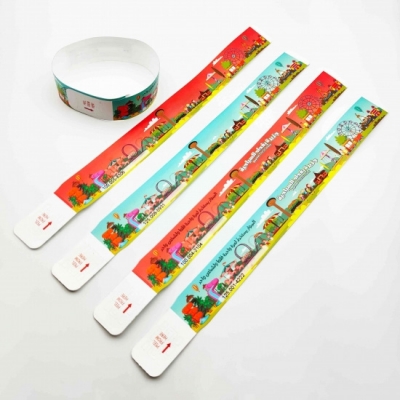Rfid labels are also known as radio frequency tags, transponders, and data carriers; readers are also known as readout devices, scanners, read heads, communicators, and readers (depending on whether the electronic tag can wirelessly overwrite data). The space (contactless) coupling of the RF signal is realized between the electronic tag and the reader through the coupling component; in the coupling channel, energy transfer and data exchange are realized according to the timing relationship.

Composition
The most basic RFID NFC label sticker system consists of three parts:
Tag: consists of a coupling element and a chip. Each tag has a unique electronic code. The high-capacity electronic tag has a user-writable storage space attached to the object to identify the target object.
Reader: A device that reads (and sometimes writes) tag information and can be designed to be handheld or fixed;
Antenna: Transmits RF signals between the tag and the reader.
Fold edit this paragraph feature
Data storage: Compared with traditional forms of tags, the capacity is larger (1bit-1024bit), data can be updated at any time, and can be read and written.
Read and write speed: Compared with bar code, it does not need linear alignment scanning, and the reading and writing speed is faster, which can multi-target recognition and motion recognition.
Easy to use: small size, easy to package, can be embedded in the product.
Security: Dedicated chips, unique serial numbers, and difficult to copy.
Durable: no mechanical failure, long life and resistance to harsh environments.
More info,please contact :Email: sales@mhgyjs.com















